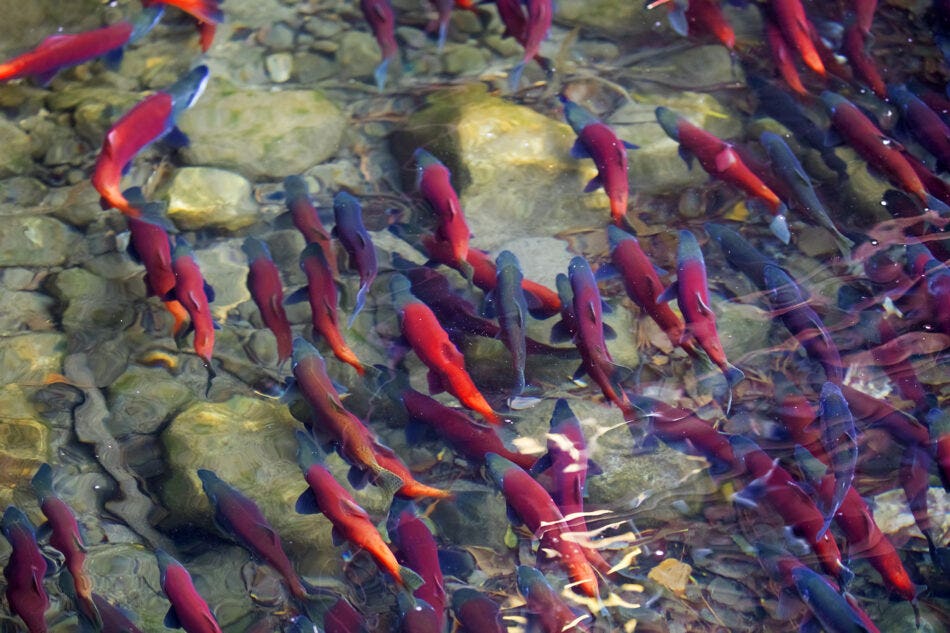Wellness, as defined by the National Aboriginal Health Organization (NAHO), is a state of complete physical, mental and social well-being. It is not merely the absence of disease or infirmity; it is an active process and one that involves striving towards achieving optimal health through personal responsibility based on connections with a community. To achieve wellness, one must make positive choices for themselves, their family, and their people. It is ultimately about self-governance and putting power and control into the hands of individuals and communities that encompass all aspects of the social determinants of health, which include economic, social/cultural, physical, spiritual, and environmental.
Wellness is not a new concept. It has been part of traditional Indigenous cultures for thousands of years. If one was sick, they were cared for by their community using remedies passed down through oral traditions. Elders taught younger generations about the medicinal properties of food and resources available on their land and territories. They shared this knowledge with everyone in the community, not just those who became traditional knowledge keepers.
Today, much of the responsibility to provide wellness initiatives falls to Band Administration and Chief and Councils. This includes healthcare, education, community wellness programs, and more. Band Administrations and wellness teams grapple with how to deliver programs and to decolonize their approaches, especially in the face of federal government funding, which requires accountability and reporting. At the same time, Band Administrations struggle to keep their employees well enough to serve their community members. There is a lack of wellness education and culturally relevant processes to support people on their paths to wellness.
Employee assistance programs and Health and Benefits programs fail Band organizations in this regard as they do not recognize the cultural needs and aspirations of Indigenous people and communities. These programs relevant to wellness include individual health benefits, extended health benefit plans, critical illness, dental insurance, drug coverage, and comprehensive life insurance. While this helps and provides resources to employees, they are often not sufficient to meet the holistic needs of Band employees.
As wellness is becoming more recognized by mainstream organizations, Indigenous individuals are seeking alternative methods of self-care. For example, in some cases, Elders have initiated workshops on traditions and teachings specific to their territory. These workshops provide knowledge that is rooted in traditions while also providing physical activities that promote wellness.
Wellness is not just about the management of disease, health, and lifestyle choices. It is the ability to live a life of confidence and joy as an Indigenous person in today’s society. It is finding wholeness within oneself, one’s family, and community again. Wellness initiatives need cultural competence as well as cultural continuity, through traditional teachings such as ceremonies, medicines, and connection with Elders. We need wellness solutions that incorporate Indigenous models of wellness.
Wellness initiatives can be delivered by Band organizations, but they must become more community-centric. Communities must be involved from project design through implementation to evaluation if we are ever going to meet the wellness needs of indigenous people. If Band Administrations incorporate wellness initiatives with cultural continuity, they can greatly improve outcomes for employees as well as their communities.
It is important to design community wellness initiatives that include and empower all members of the community, taking into account their specific needs and aspirations, rather than designing one-size-fits-all programs. This will bring more people on board with wellness initiatives and create a pathway to wellness for everyone in the community.
Wellness is both an individual and community endeavour. It takes hard work, dedication, and perseverance to achieve. However, it does not have to be difficult or overwhelming to attain the goals of wellness. Wellness initiatives can be developed through self-governance structures developed by Indigenous people who uniquely identify their needs and their own definitions of wellness.
The essence of wellness is balance. As Indigenous people, we are inherently aware of the significance of balance in our lives. It is time to take this knowledge and put it into action in our communities and Band organizations.
The Acera Indigenous Group Benefits team provides wellness, group benefits and retirement advisory to Indigenous bands and organizations throughout Western Canada. Call 1-833-531-6093 or email indigenoussupport@acera.ca to talk to an Advisor.

